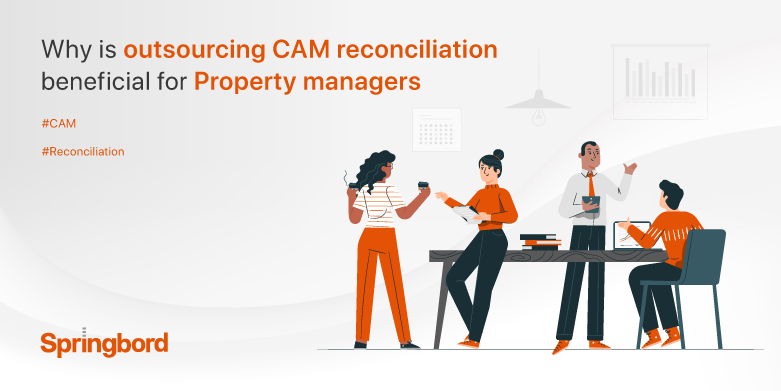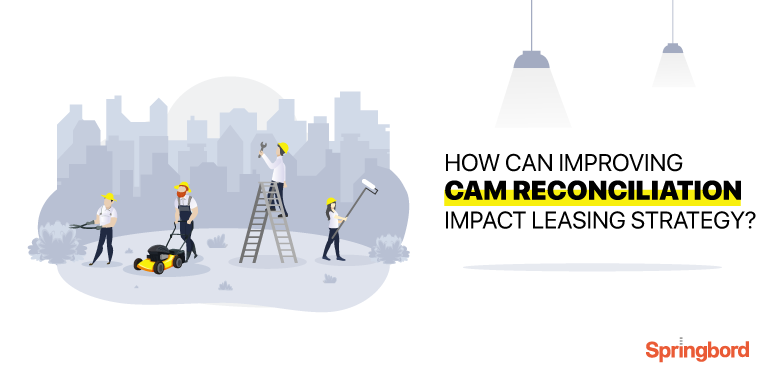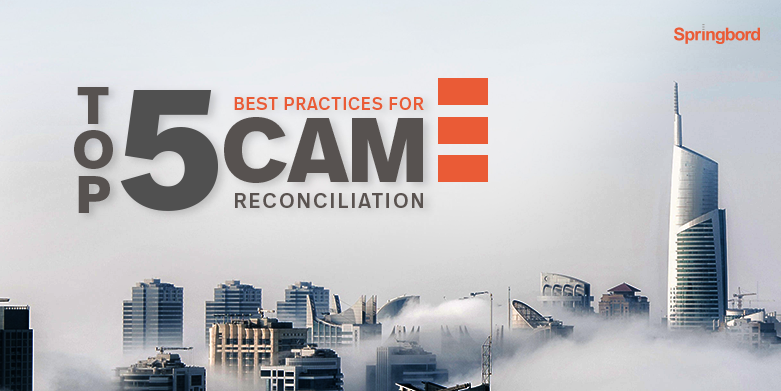M
E
N
U
CAM reconciliation in itself may not sound like a lot of work but keeping it organized is a little more complicated than it seems. The CAM charges differ from property to property, hence, there is no way to determine the charges and put out a specific rule on how they should be charged. The year-end
Common area maintenance (CAM) reconciliation is an annual process that forms an integral part of any commercial lease administration. It is critical for property managers, who are tasked with handling this task, to understand how the process progresses through the year and have clear visibility into the relevant data. CAM reconciliation is a complex, time-consuming
Common area maintenance (CAM) reconciliation is a key process in commercial leasing as it helps recover the money used to maintain and operate the property. But CAM reconciliation is a tedious, complex, arduous, and time-consuming task that demands dedicated focus, attention, and skill. Given the challenging requirements and increasingly growing complex commercial lease portfolios, most
Common Area Maintenance (CAM) reconciliations for commercial properties can be a nerve-racking task. It is given that commercial real estate accounting can be challenging and tricky if not done diligently and timely. This is one area that is prone to human errors. Due to inaccurate and incomplete CAM reconciliations landlords not only suffer huge negative
Common area maintenance (CAM) reconciliations are important as the money recovered is used to operate and maintain the property. Commercial property CAM reconciliation is complex, arduous and time-consuming task. It demands focused and meticulous review of multiple leases and accurate calculation of tenant share based on lease terms, granted modifications and other pre-determined expense caps.






